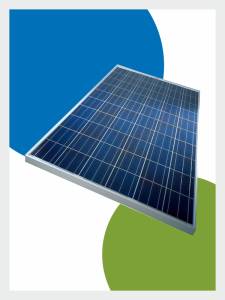
Polycrystalline solar panels, also known as multicrystalline solar panels, are a popular and cost-effective choice for residential and commercial solar energy systems. They offer a balance of performance and affordability, making them a strong contender for various applications. This detailed description will highlight their key features, benefits, and considerations.
What are Polycrystalline Solar Panels?
Polycrystalline solar panels are manufactured using a process that allows for the use of silicon ingots that have multiple crystals within them. These ingots are then sliced into wafers and assembled into solar cells. This process is less energy-intensive and results in lower manufacturing costs compared to monocrystalline solar panels. The slightly less efficient cells are reflected in the darker, mottled blue appearance of the panel's surface.
Key Features & Benefits:
Considerations:
Conclusion:
Polycrystalline solar panels provide a reliable and cost-effective solution for harnessing solar energy. Their balance of affordability, performance, and widespread availability makes them a popular and practical choice for a wide range of applications. While slightly less efficient than monocrystalline alternatives, their lower cost often outweighs this difference, resulting in a strong return on investment. If you are looking for a balance between price and performance, polycrystalline solar panels are an excellent option to consider.